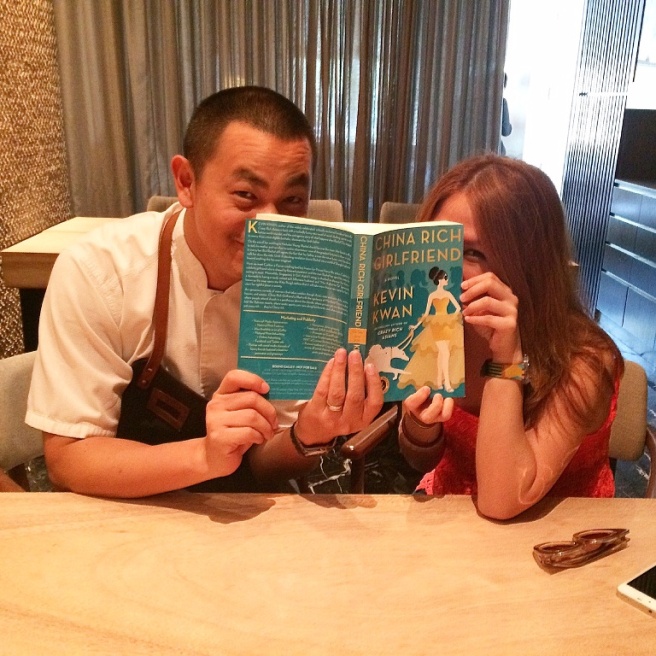
In high school, my precocious classmate Lourdes recommended that I read Emily Brontë’s Wuthering Heights. She had already made me read The Thorn Birds and Gone With the Wind so I could visualize two of her ideal men (Fr. Ralph de Bricassart and Rhett Butler, the male protagonists of these books), and she wanted introduce me to yet another one: Heathcliff. Unfortunately, I found it difficult to read the Gothic romance beyond the first few pages.
I’m happy, then, that in my forties I finished the equally famous Gothic novel of Emily’s sister Charlotte, who is celebrating her 200th birthday in a couple of days, on April 21. The protagonist Jane Eyre tells her Reader the story of her search for herself before she could find her true love. Her voice is so uniquely unconventional and convincing that I had the sensation of being the confidant of a living, breathing human being.
Jane talks about the challenges that she faced in life and the choices she made that shaped her identity. As an orphan at Gateshead, she was abused by her aunt and cousins. As a student in Lowood, she experienced cold and hunger and faced the risk of dying from consumption (tuberculosis). As a governess in Thornfield Hall, she went against the strict social conventions of Victorian England when she fell in love and gave her consent to be married to her “master” Edward Fairfax Rochester who was 20 years her senior. When she found out at the altar that Rochester already had a wife- albeit a crazy one– she ran away from Thornfield Hall without most of her possessions and lived for a while as a hungry beggar, until she found refuge in Moor House, the home of the pastor St. John Rivers and his two sisters. Later on, Jane found out that the Rivers were actually her cousins and shared the money she inherited from a long lost uncle with them, so that they all attained a measure of independence and financial security. St. John, he with the features- and apparently the heart- of a Grecian marble statue, proposed marriage to Jane so that she could be a “missionary’s wife” serving with him in India; intuiting that St. John didn’t love her romantically nor passionately, she refused it (though she offered to accompany him to India as his cousin and assistant, a scenario that he in turn found scandalous). Then, when she finally learned that Rochester was living in Ferndean, she found out that, because of the fire that burned down Thornfield Manor, he has lost his sight; one of his hands also had to be amputated (his first wife Bertha Mason leaped to her death during the fire).
“Reader, I married him,” Jane says in the last chapter of the book. This is supposedly one of the most famous lines in all of English literature. While many fairy tales end with the female protagonist marrying a handsome prince with a castle- Beauty and the Beast is one example- Jane Eyre presents an ideal of romantic love that seems to transcend the values that Victorian society held dear: physical beauty, class, wealth, and even religious zeal.
Jane says,
I have now been married ten years. I know what it is to live entirely for and with what I love best on earth. I hold myself supremely blest-blest beyond what language can express; because I am my husband’s life as fully as he is mine. No woman was ever nearer to her mate than I am: ever more absolutely bone of his bone, and flesh of his flesh. I know no weariness of my Edward’s society: he knows none of mine, any more than we each do of the pulsation of the heart that beats in our separate bosoms; consequently, we are ever together. To be together is for us to be at once as free as in solitude, as gay as in company. We talk, I believe, all day long: to talk to each other is but a more animated and an audible thinking. All my confidence is bestowed on him, all his confidence is devoted to me; we are precisely suited in character-perfect concord is the result.
There are many ways of reading Jane Eyre– I’ve encountered Jungian, Marxist and post-colonial readings of the book, all of which are compelling. While reading the novel, however, it was the strength of Jane’s personality, her detailed observations of people and places, and her choices that fascinated and sustained me until the last page.






